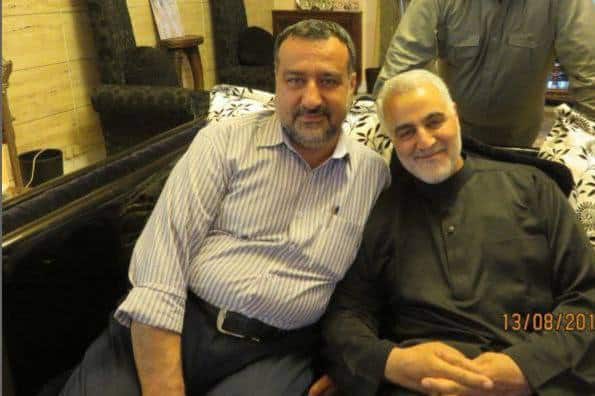
Israeli airstrike eliminates key Iranian general in Syria
Iran has described Razi Mousavi as “a veteran advisor of Iran’s Islamic Revolution Guards Corps” and a one of “the companions of the assassinated general Qassem Soleimani.”

Iran has described Razi Mousavi as “a veteran advisor of Iran’s Islamic Revolution Guards Corps” and a one of “the companions of the assassinated general Qassem Soleimani.”
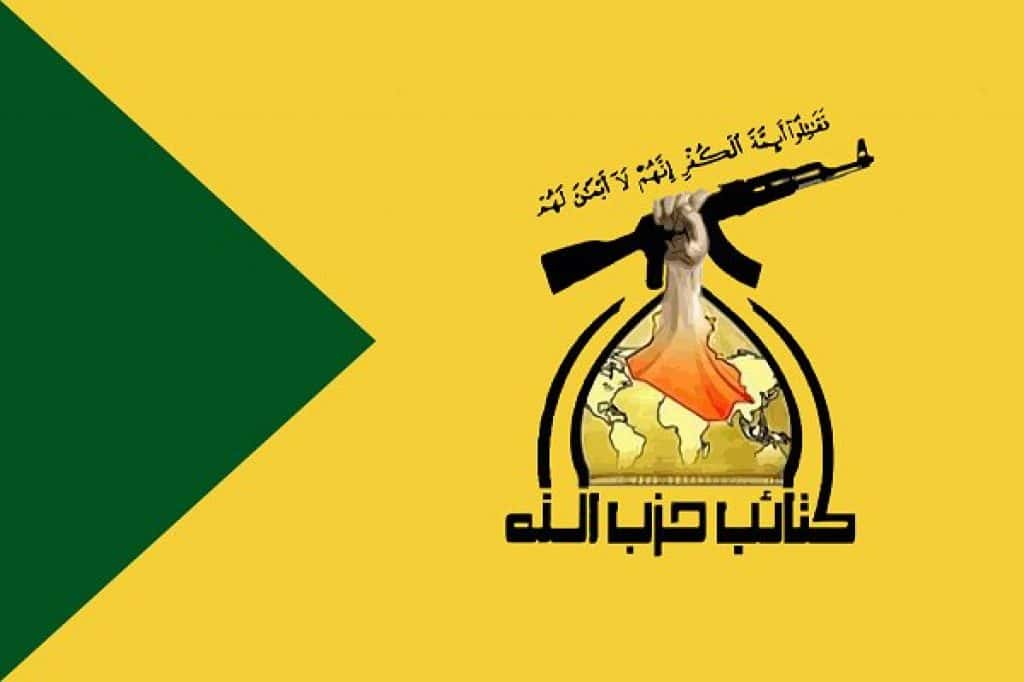
The U.S. hit three Hezbollah Brigades facilities after three U.S. soldiers were wounded, including one critically, in a drone strike at a U.S. airbase in Erbil. the handful of U.S. strikes has not deterred the militias or their Iranian masters.

Bill is joined by CDR Salamander to discuss the coalition announced today by U.S. Secretary of Defense Lloyd Austin during his trip to the Middle East. The coalition — made up of the UK, Bahrain, Canada, France, Italy, Netherlands, Norway, Seychelles and Spain in partnership with the US — was formed with the objective of “ensuring freedom of navigation in the Red Sea” following the recent uptick in Houthi aggression and attacks in the southern Red Sea and Gulf of Aden area.
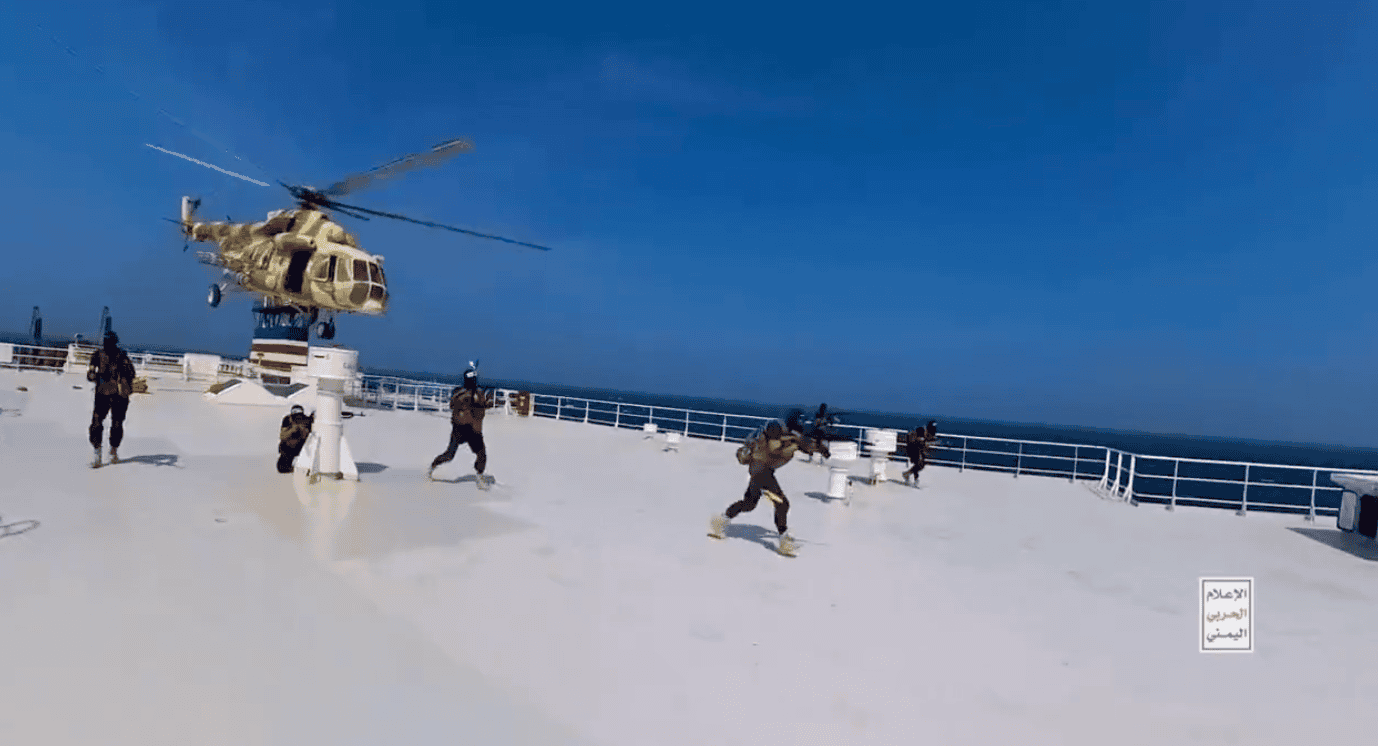
The U.S. announces the formation of Operation Prosperity Guardian as Houthi attacks have ground international shipping transiting the Red Sea through the Suez Canal to a halt as multiple shippers are now bypassing the dangerous waterway. It is unclear if the operation will be offensive or defensive in nature.
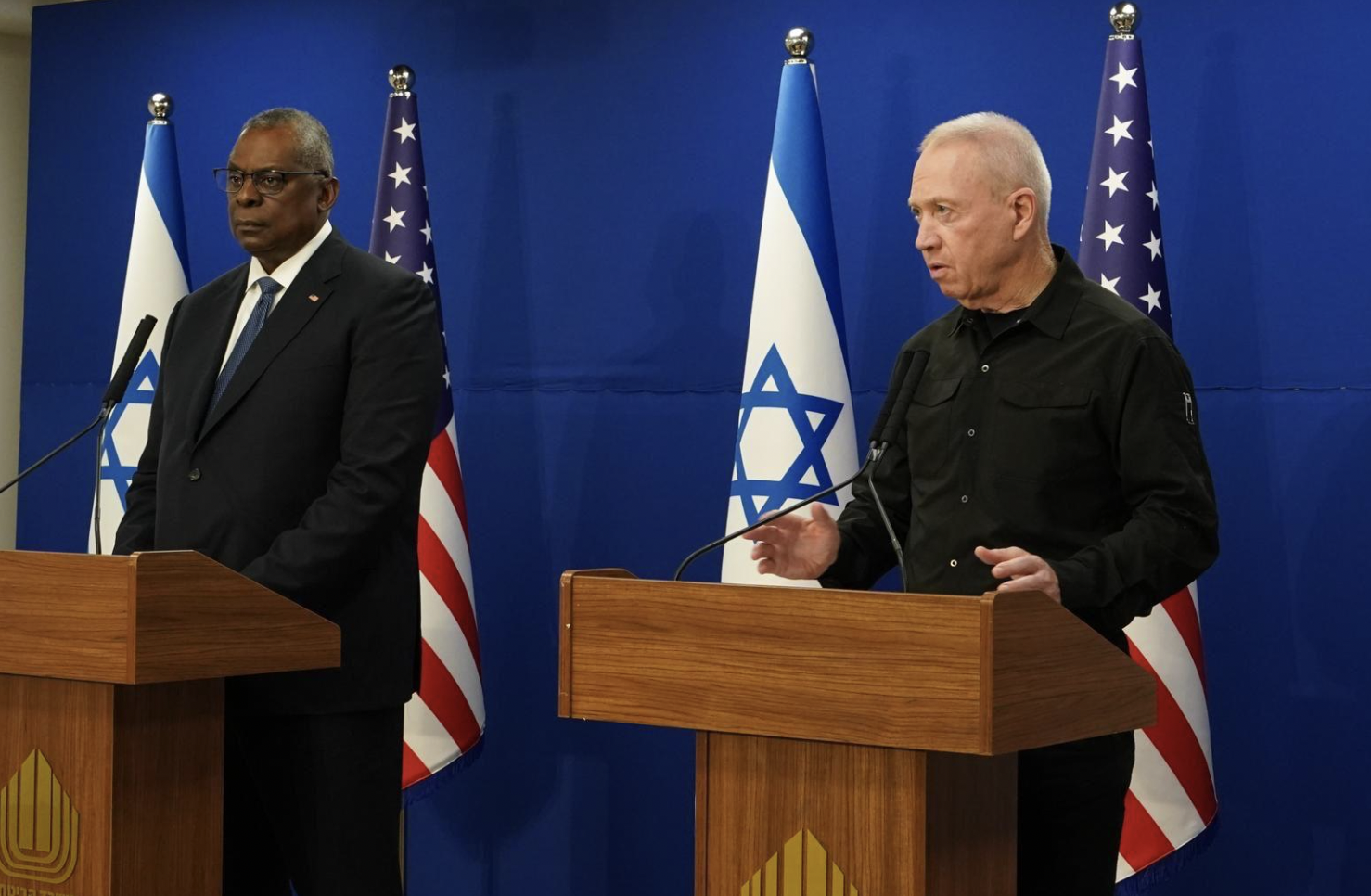
Hezbollah attacks against Israel increased, including one on December 16 in which an IDF soldier was killed. US Secretary of Defense Lloyd Austin arrived in Israel on December 18 for meetings with Israeli leaders as the IDF continued operations in northern and southern Gaza. The Iranian-backed Houthis targeted more ships in the Red Sea while shipping companies have begun to pause shipping through the strategic waterway.

Bill is back with FDD Senior Fellow and Iran expert Behnam Ben Taleblu (now also a Generation Jihad co-host, you heard it here first) to unpack and contextualize this week’s headlines stemming from the Middle East.
They discuss the politics of diplomacy and analyze recent trips and statements made by key players like Secretary of State Antony Blinken, National Security Advisor Jake Sullivan, and President Biden himself; whether U.S. support for Israel is at a crossroads, and what message this could send to U.S. partners and allies (and enemies) around the world; an apparent U.S. intelligence leak estimating that 45% of Israeli munition used in Gaza has not been precision-guided; and more.

A Norwegian tanker was hit with a cruise missile, while a French warship shot down two drones that “came straight at” it. The Houthis have vowed to continue to attack all international ships that enter or leave Israeli ports.

Three members of Lebanese Hezbollah, including a pro-Assad fighter have been killed by a reported Israeli airstrike in southern Syria. One of the Hezbollah members killed is Hassan Ali Daqduq, son of infamous Hebzollah commander Ali Musa Daqduq.

Bill and Joe are joined again by FDD Senior Fellow and Iran expert Behnam Ben Taleblu to discuss the latest regional updates surrounding Israel’s war against Hamas (and then some).
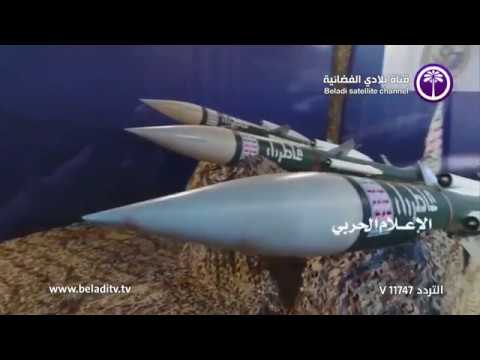
The attack is the latest by the Houthis against international shipping and U.S. Navy warships. The U.S. military has yet to respond to repeated attacks on U.S. warships and commercial vessels.

Bill and Joe are back with an update on Israel’s now-resumed war in Gaza, and they’re joined by FDD Senior Fellow and Hezbollah expert David Daoud. They discuss the latest activity from Hezbollah at Israel’s border with Lebanon, U.S. funding to the Lebanese Armed Forces (or as Bill calls it: “giving crack to a crackhead”), the pieces in play on the Islamic Republic of Iran’s regional chessboard, and more.
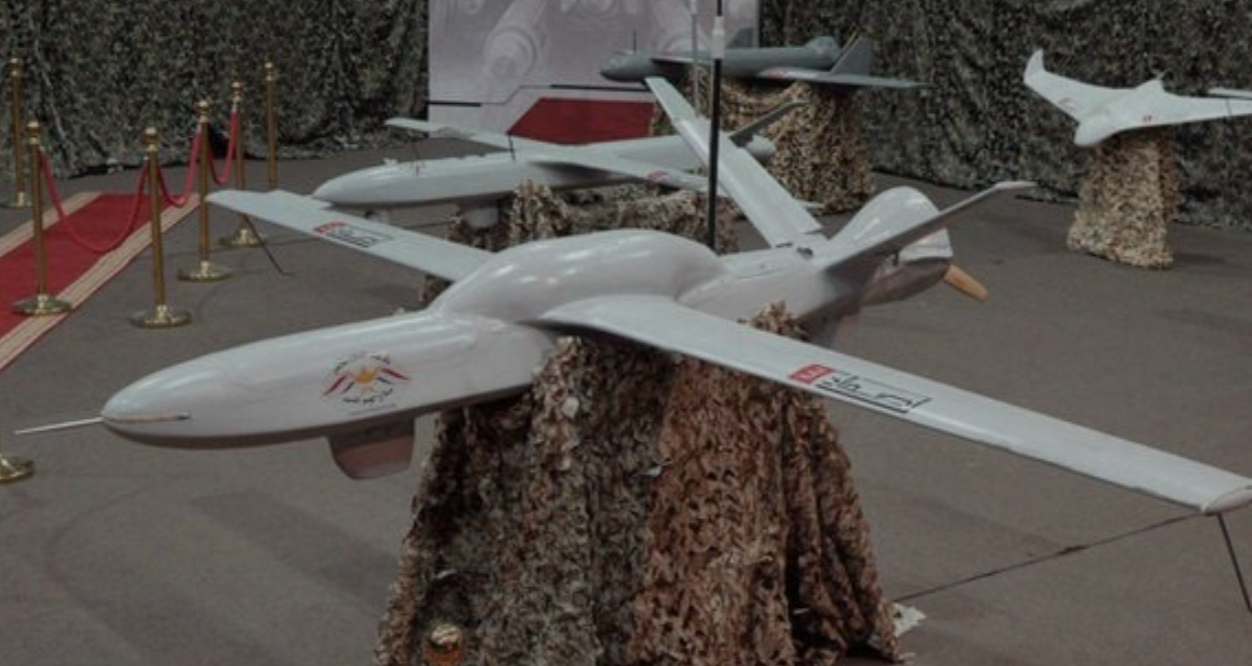
The USS Carney shot down an Iranian-supplied KAS-04 UAV as it was “was heading toward the warship.” The UAV was likley launched by the Iranian-backed Houthis.
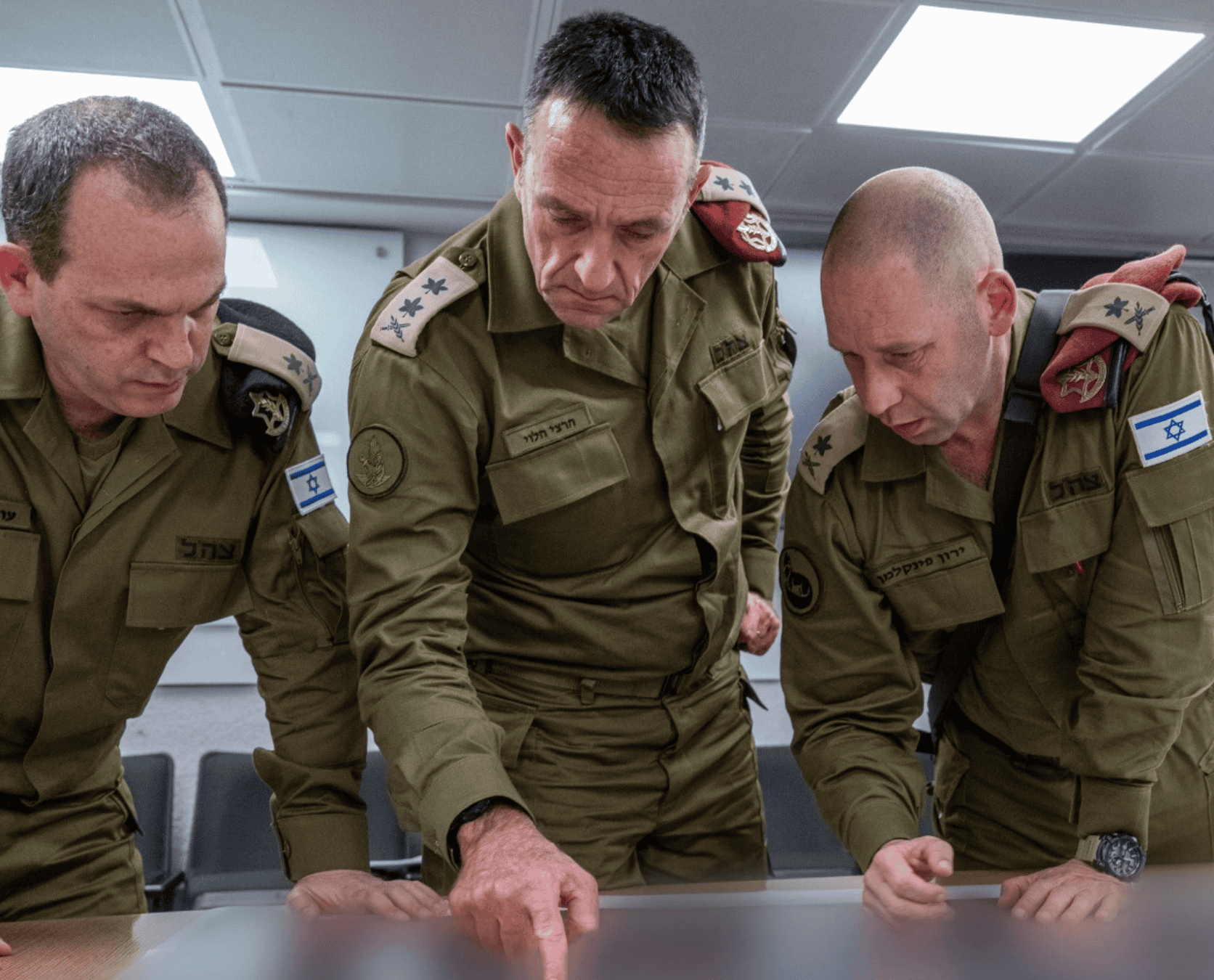
Israel carried out a raid in Jenin in the northern West Bank, eliminating a Palestinian Islamic Jihad commander. In Gaza two hostages holding Russian citizenship were released and another ten Israeli hostages were expected to be released as the pause in fighting continues.

The anti-ship ballistic missiles, which were fired by the Houthis after a U.S. warship foiled a hijacking in the Gulf of Aden, missed their mark. The U.S. military has not responded to the attack.

The Houthis boarded and seized the Israeli-linked Galaxy Leader cargo ship on November 19, taking 25 crewmembers captive. This piracy, which follows recent Houthi attacks against Israel, is part of a larger strategy by Iran to undermine maritime security and American interests while attempting to encircle, attack, and exhaust Israel.
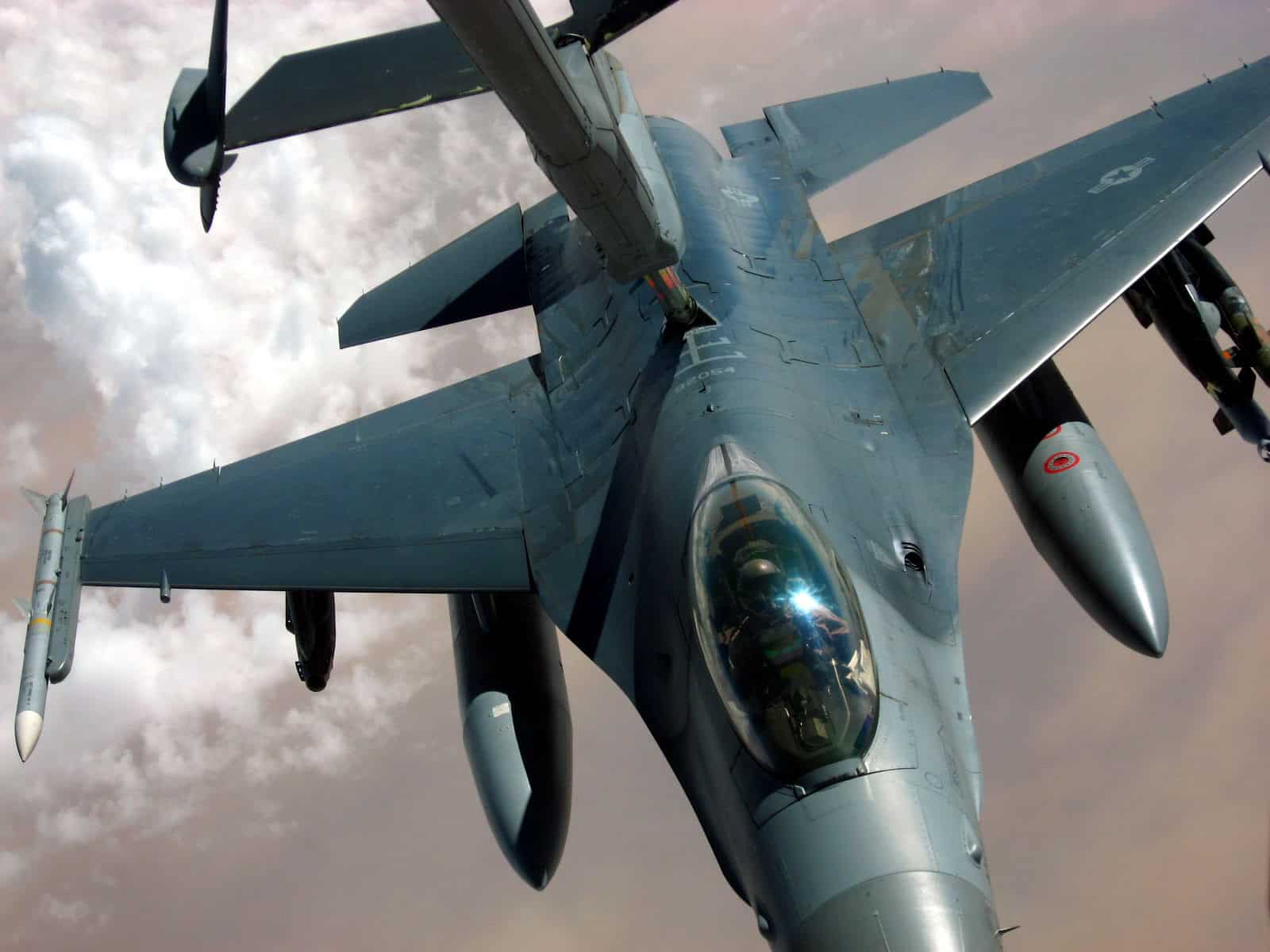
The the U.S. military accused Iran of directly carrying out attacks on U.S. forces. “close-range ballistic missiles” were used in a recent attack against U.S. forces.
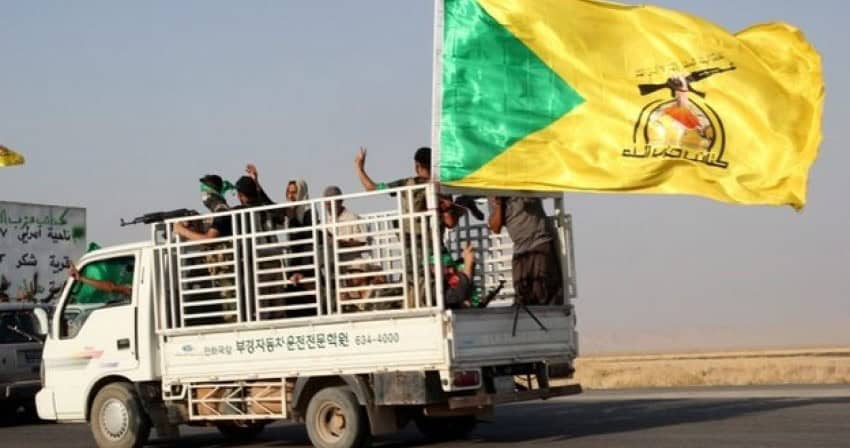
Unlike three previous strikes by the U.S. military which were intended to deter the militias from attacking U.S. forces, today’s strike targeted a Hezbollah Brigades team that had targeted a U.S. base in western Iraq.

Kata’ib Sayyid al-Shuhada is led by Abu Mustafa al-Sheibani, who is directly responsible for the formation of the Shia terror groups in Iraq and the killing of American soldiers. An IRGC agent was also listed in the designation of Hezbollah Brigades leaders.

The IMSC did not identify any of the “malign actors” that caused it to issue the warning, but it is clear the warning is in response to threats by the Iranian-backed Houthi militia.

Bill and Joe are back for an update on Israel’s ground incursion into Gaza, and they’re again joined by their FDD colleague and Iran expert Behnam Ben Taleblu to provide a deeper, more nuanced analysis on Tehran’s role as puppet master to the various terrorist groups in play.
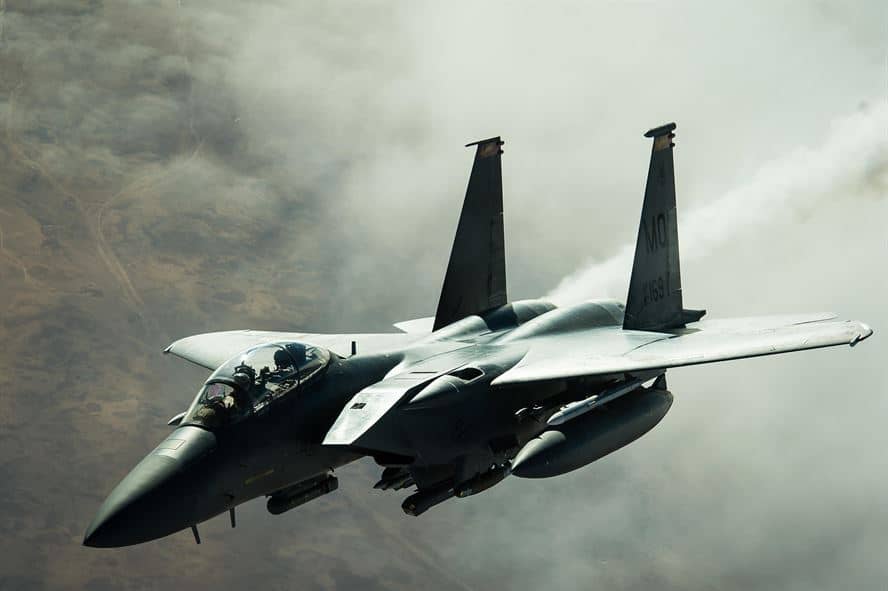
The U.S. attack is thought to have killed a handful of Iranian proxy militiamen. U.S. Secretary of Defense Lloyd Austin did not mention deterrence or a desire to deescalate this time around.
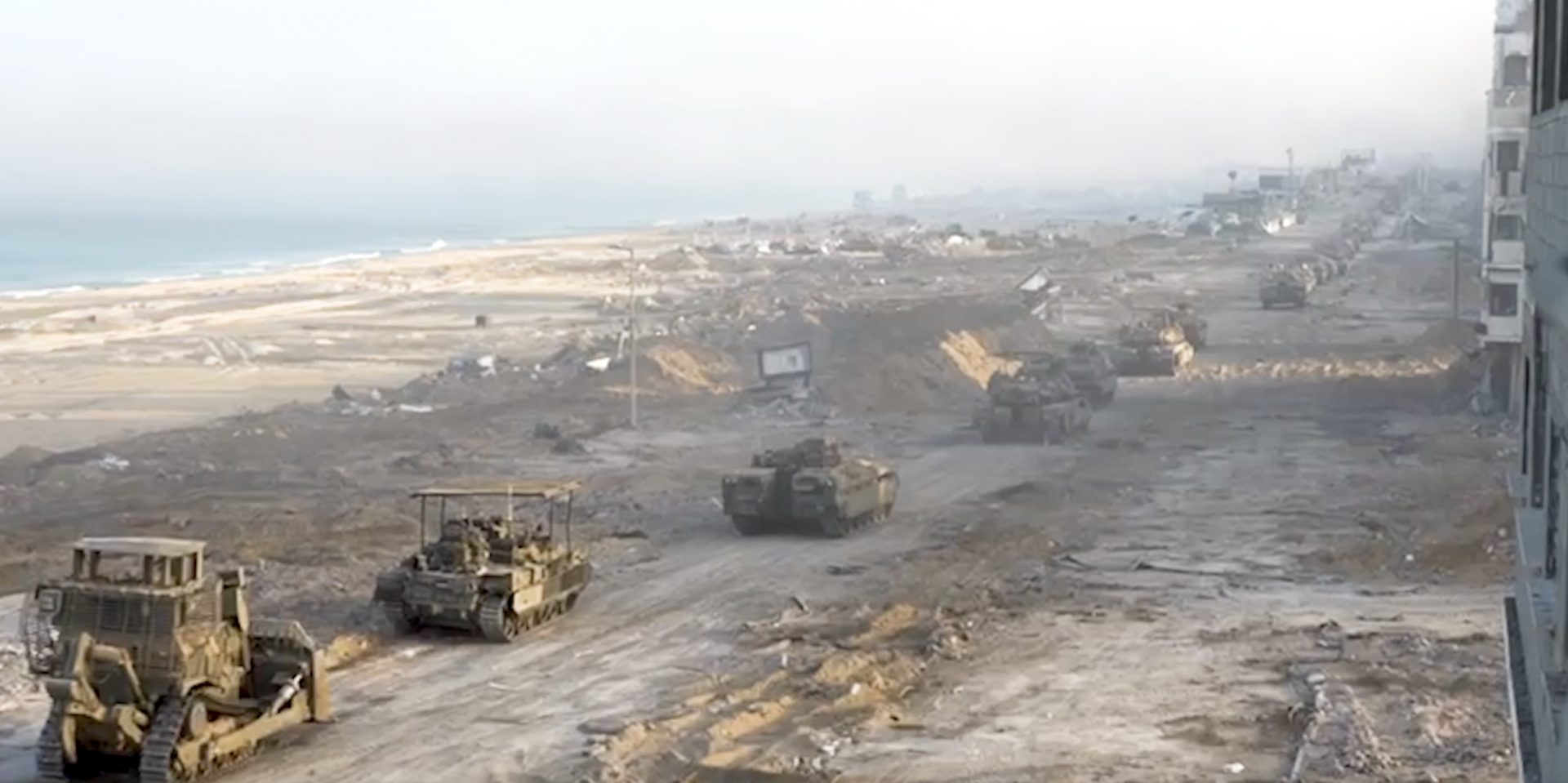
Israel’s ability to prevent extensive damage from Hamas and other Iranian-backed groups’ rocket and missile threats heavily relies on its advanced air defenses.
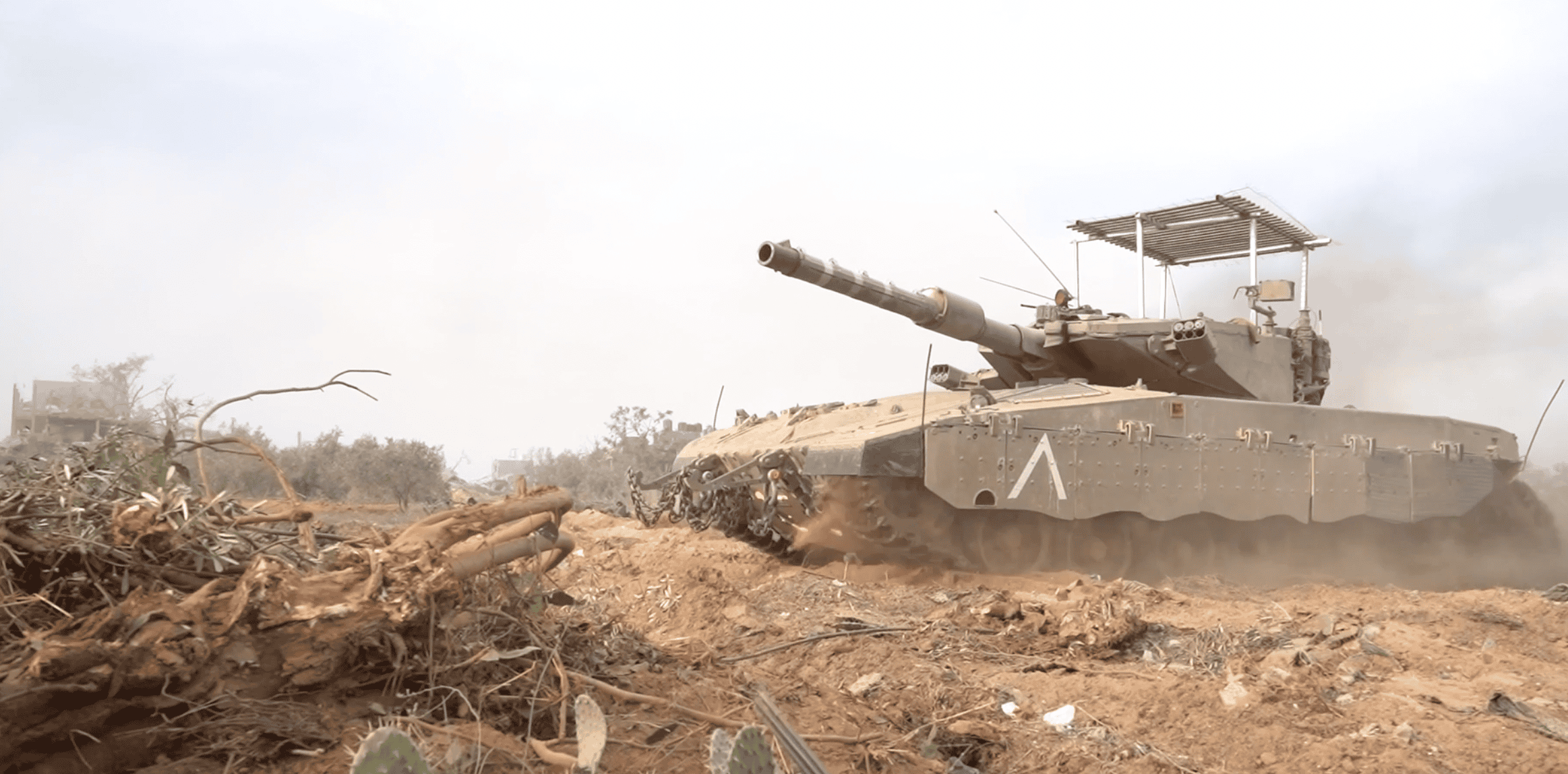
The IDF continues to operate in sectors around Gaza City as it attempted to root out terrorist infrastructure on Wednesday, November 8. This included demolishing and blowing up tunnels used by Hamas. In addition the IDF opened a corridor along a main road for civilians to flee south. The twin challenges of dismantling tunnels and enabling civilians to flee is increasingly part of the ground operation as troops settle into their areas of operation.

The Biden administration’s Oct. 27 attempt to deter Iran and its proxies from further strikes on U.S. bases in Iraq and Syria has failed, as the militias launched an additional 21 attacks since that date.
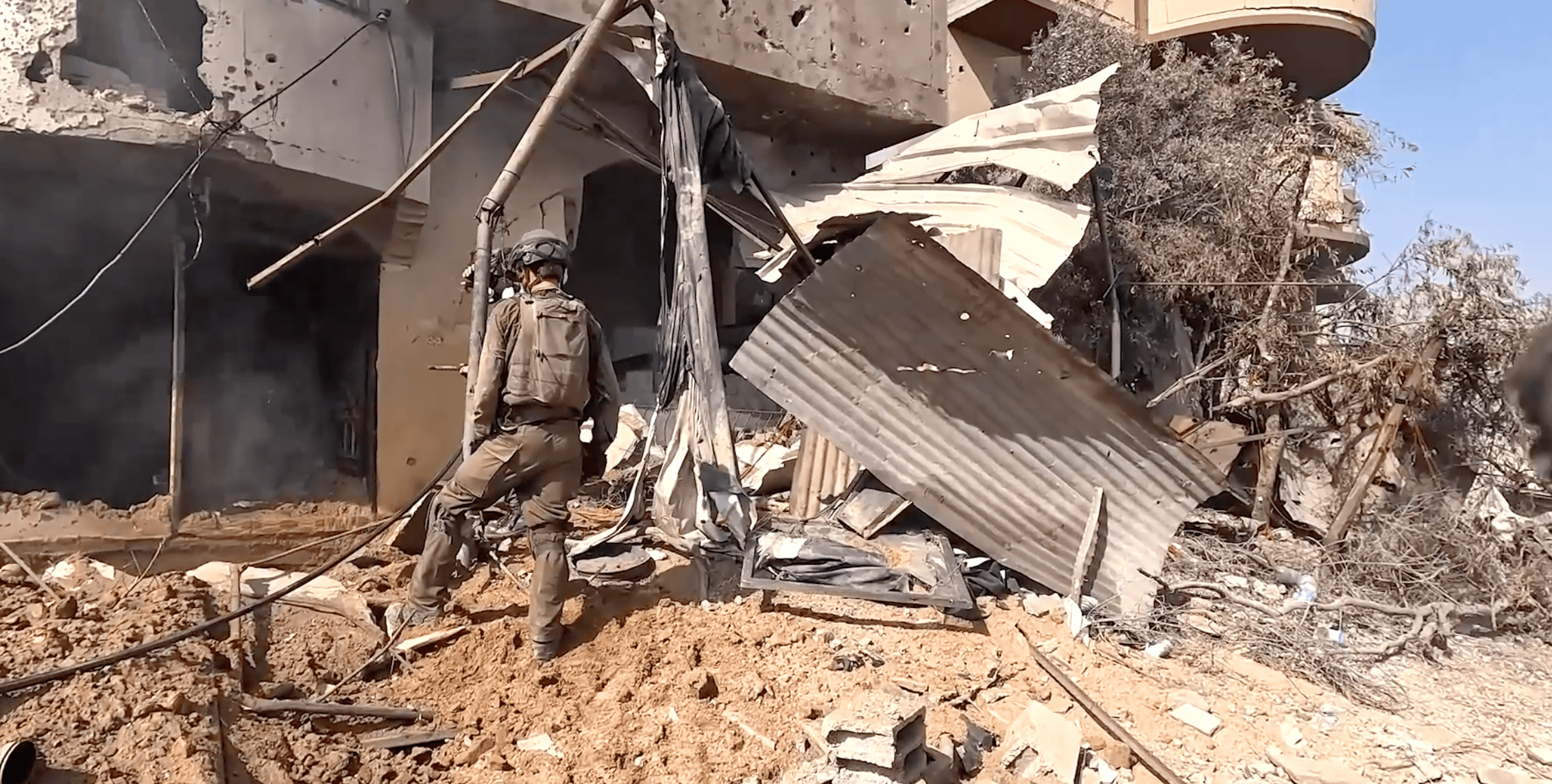
Israel’s three key political leaders during the war, Prime Minister Benjamin Netanyahu, Defense Minister Yoav Gallant and Benny Gantz, who joined the “War Cabinet” after the October 7 Hamas attack, gave speeches to commemorate one month since the Hamas attack on Israel. Rockets continued to be fired at central Israel and Hezbollah also attacked in the north.
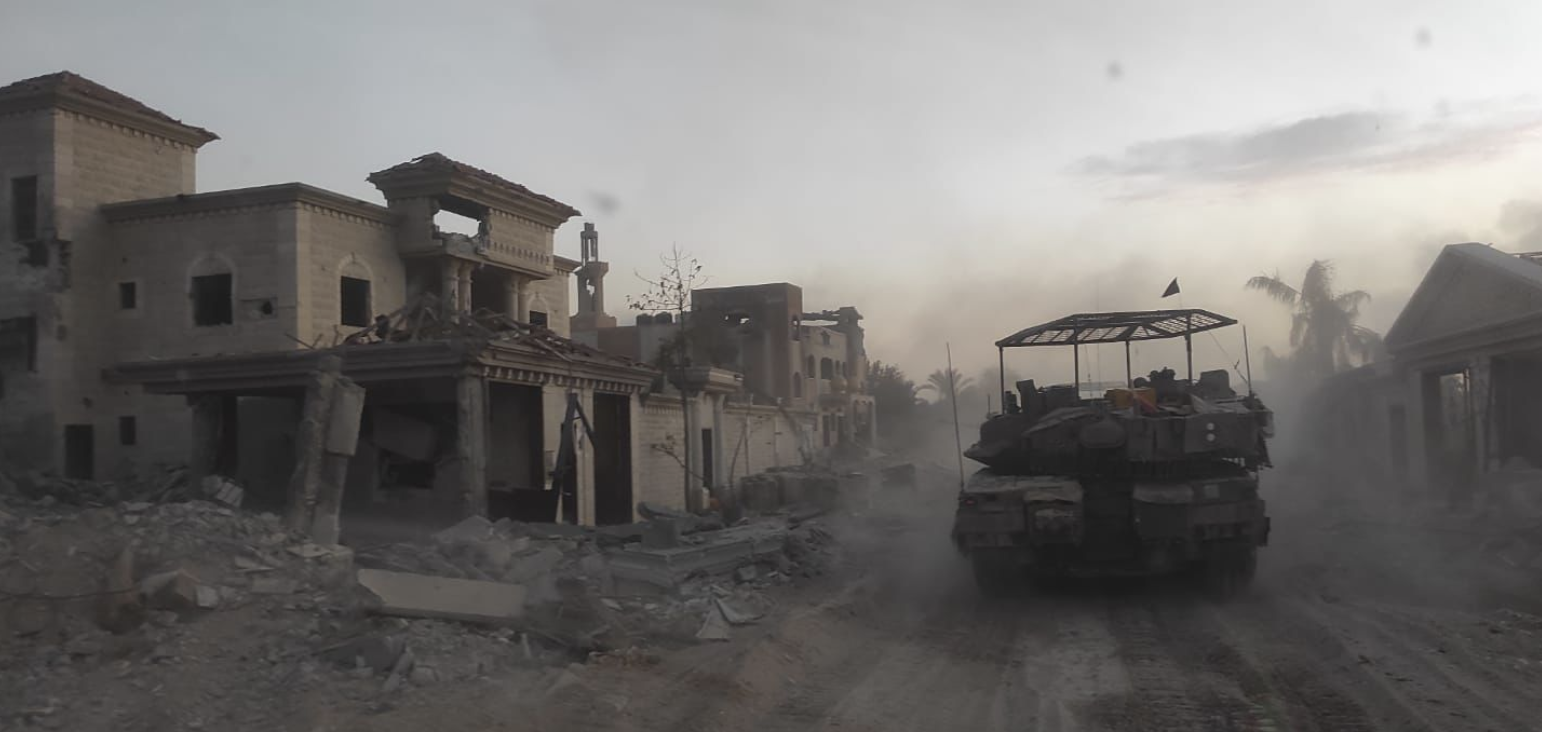
Israel has suffered more than a dozen casualties in the last two days as infantry presses into urban areas near Gaza City. At the same time the Israel Air Force and navy work closely together to target Hamas terrorists. Israel’s Defense Minister warned Hezbollah and other groups in the region not to threaten Israel, while saying Israel is focused on victory in Gaza.

Bill and Joe provide a mid-week update on Israel and Gaza — including Joe’s key takeaway from today’s IDF conference call, IDF tactics on the ground inside Gaza (particularly related to the tunnels), Hezbollah propaganda ahead of Hassan Nasrallah’s Friday speech, and more.

Israel’s infantry pushed deeper into Gaza on October 31, encountering resistance and also taking a key Hamas bastion. As Israel carried out airstrikes on Hamas commanders, the Iran-backed Houthis fired a ballistic missile towards Eilat. It was intercepted. In the north Hezbollah continued anti-tank fire.

Today’s attack is the third by the Houthis that has targeted Israel, and the terror group has threatened more as Israel prepares its ground offensive into Gaza.

Iran’s militias in Iraq and Syria have launched at least 24 strikes, primarily with drones, rockets, and mortars on U.S. military bases since Oct. 17. Five of the attacks took place after the U.S. military struck IRGC weapons depots in Syria in a failed effort to reestablish deterrence.